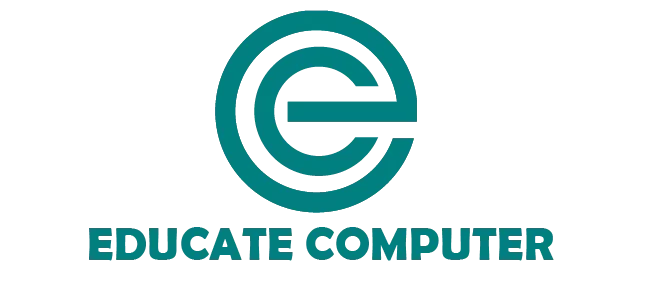Advantages and disadvantages of mainframe computers show why they remain important yet challenging to use. The key advantages include high performance speed for large-scale transactions, military-grade security for sensitive data.
However, these systems come with significant disadvantages like extremely high costs (millions of dollars), dependence on rare technical skills, and limited flexibility for modern applications like AI or cloud integration.
Many students wonder why we still use these large computers when we have cloud computing and powerful servers. The answer lies in their unique strengths and some weaknesses too. Let’s examine both sides carefully.
Advantages of Mainframe Computers
Mainframes are powerful, secure, and reliable. Here are the advantages of mainframe computers because of which big companies still use them.
1. High Performance and Speed
Mainframe computers handle workloads that would crash ordinary servers. A single Mainframe computer can process over 1 billion transactions in one day. That’s like handling every credit card transaction in a large country without any mistakes.
Banks particularly love this feature. When you withdraw money from an ATM, check your balance online, or make a mobile payment, a mainframe computer processes that transaction in less than a second.
2. Extreme Reliability
Imagine a computer that rarely stops working. Mainframes achieve what we call “five nines” reliability – that’s 99.999% uptime. In practical terms, this means they might be down for only about 5 minutes in an entire year.
This reliability comes from special features like:
- Duplicate components that instantly take over if one fails
- Advanced error detection systems
- The ability to repair parts while the system keeps running
3. Strong Security Features
Security is built into mainframes at the hardware level. They use:
- Powerful encryption for all data
- Strict access controls (like digital fingerprints)
- Detailed logs that track every single action
This is why banks and hospitals trust them with our most sensitive information. They meet strict security standards that regular servers often struggle with.
4. Massive Scalability
A mainframe can grow with an organization’s needs. They support something called “vertical scaling” – this means you can keep adding power to a single machine instead of adding more machines.
For example, a bank might start with supporting 10,000 customers. As it grows to 10 million customers, the same mainframe can handle the increased load by adding more processors and memory.
5. Long Lifespan and Cost Savings
While mainframes cost millions to buy, they save money over time because:
- They last 10-20 years (much longer than regular servers)
- They use less electricity than hundreds of small servers
- They need fewer IT staff to manage them
Large companies find that after about 5 years, mainframes become cheaper than using many smaller computers.
Disadvantages of Mainframe Computers
Despite their power, mainframes have some drawbacks. Here are disadvantages of mainframe computers:
1. Very Expensive to Buy and Maintain
The cost of mainframe computers presents the biggest barrier for most organizations. A new system from IBM typically costs between $250,000 and several million dollars. This price only covers the basic hardware without software licenses or maintenance contracts.
Companies also hire trained professionals who command high salaries due to their rare skills. These expenses make mainframes impractical for small and medium-sized businesses.
2. Requires Specialized Skills
Working with mainframe computers requires knowledge of older technologies that few schools teach today. Programmers need to understand languages like COBOL and assembly language, which most computer science programs no longer emphasize.
The workforce shortage creates serious challenges. Many experienced mainframe professionals are retiring, and not enough young people are learning these skills.
3. Not Flexible for Modern Apps
Mainframe computers face difficulties adapting to modern computing needs. While best for processing large batches of transactions, they struggle with newer requirements like real-time analytics and artificial intelligence applications.
4. Dependent on IBM (Vendor Lock-In)
IBM dominates the mainframe computer market with limited competition. This situation creates what technology experts call “vendor lock-in.” Companies using mainframes have little choice but to accept IBM’s pricing and upgrade schedules.
The lack of alternatives gives customers limited bargaining power. When IBM increases software license fees or hardware maintenance costs, organizations must pay or risk disrupting their operations.
Comparison Table of Advantages and Disadvantages of Mainframe Computers
The following table shows the benefits and drawbacks of the mainframe computer quickly for better understanding:
| Advantages | Disadvantages |
|---|---|
| Super fast processing | Very expensive |
| Nearly 100% uptime | Needs rare skills |
| Highly secure | Not good for real-time apps |
| Supports thousands of users | Locked into IBM systems |
| Long-lasting and cost-saving | Requires a big space |
| Energy-efficient | Seen as outdated |
